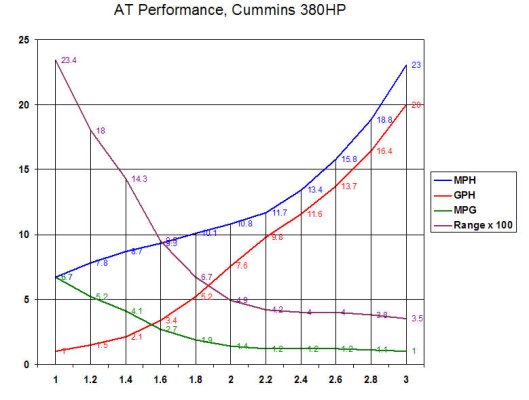psneeld
Guru
What cracks me up is the big deal being made about it...one is easily derived from the other or compensated for.
It's a small math matter and you are where you want to be...both are important or irrelavent...but one (SOG) can be measured pretty accurately and the curent CALCULATED accurately...but speed through the water...well I have never trusted those paddlewheels so I would calculate speed through water before I ever wanted to bet on a direct measurement of speed through water.
But if you are confident in your measurement...then do it your way...whichever one you want...
It's a small math matter and you are where you want to be...both are important or irrelavent...but one (SOG) can be measured pretty accurately and the curent CALCULATED accurately...but speed through the water...well I have never trusted those paddlewheels so I would calculate speed through water before I ever wanted to bet on a direct measurement of speed through water.
But if you are confident in your measurement...then do it your way...whichever one you want...

